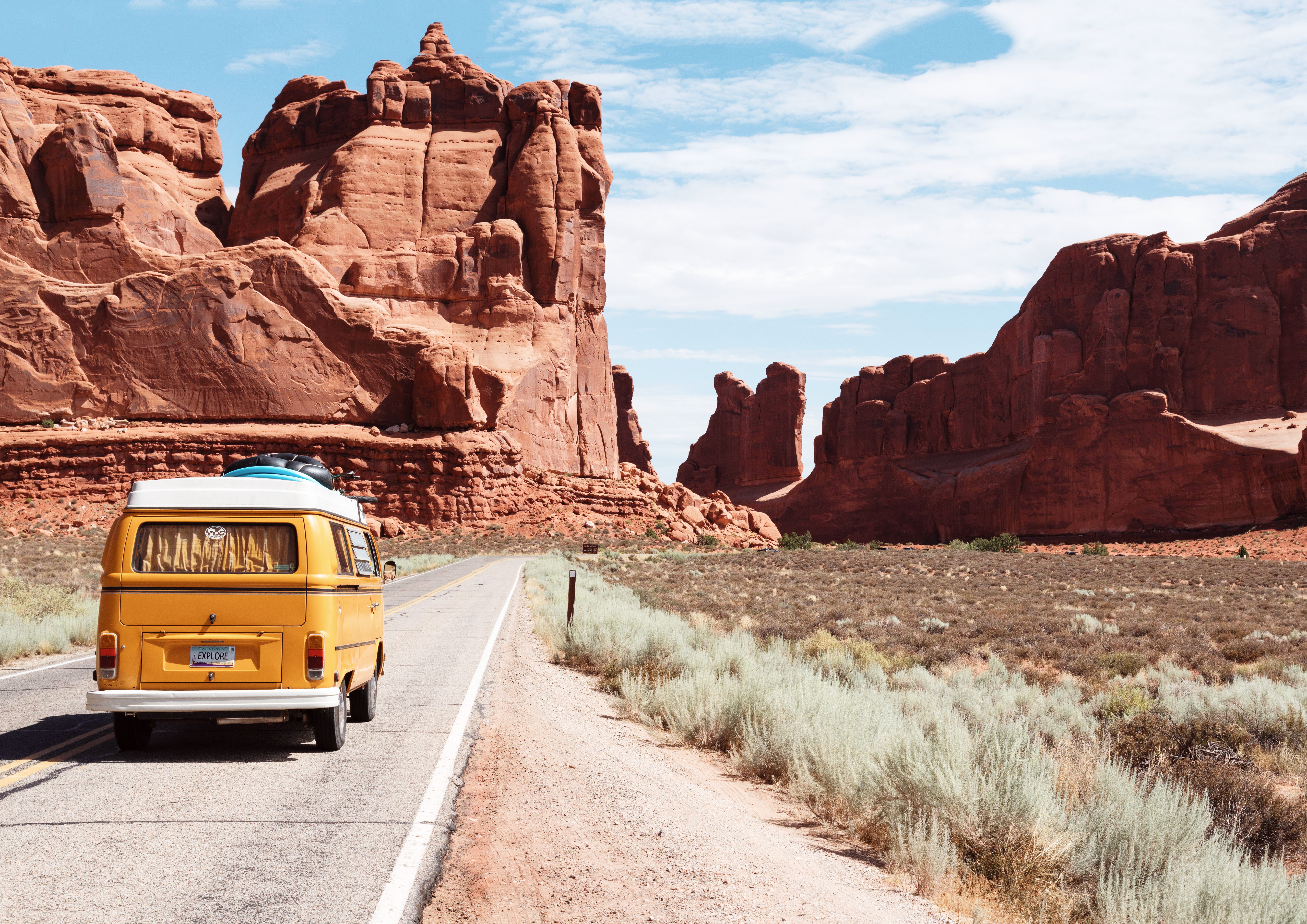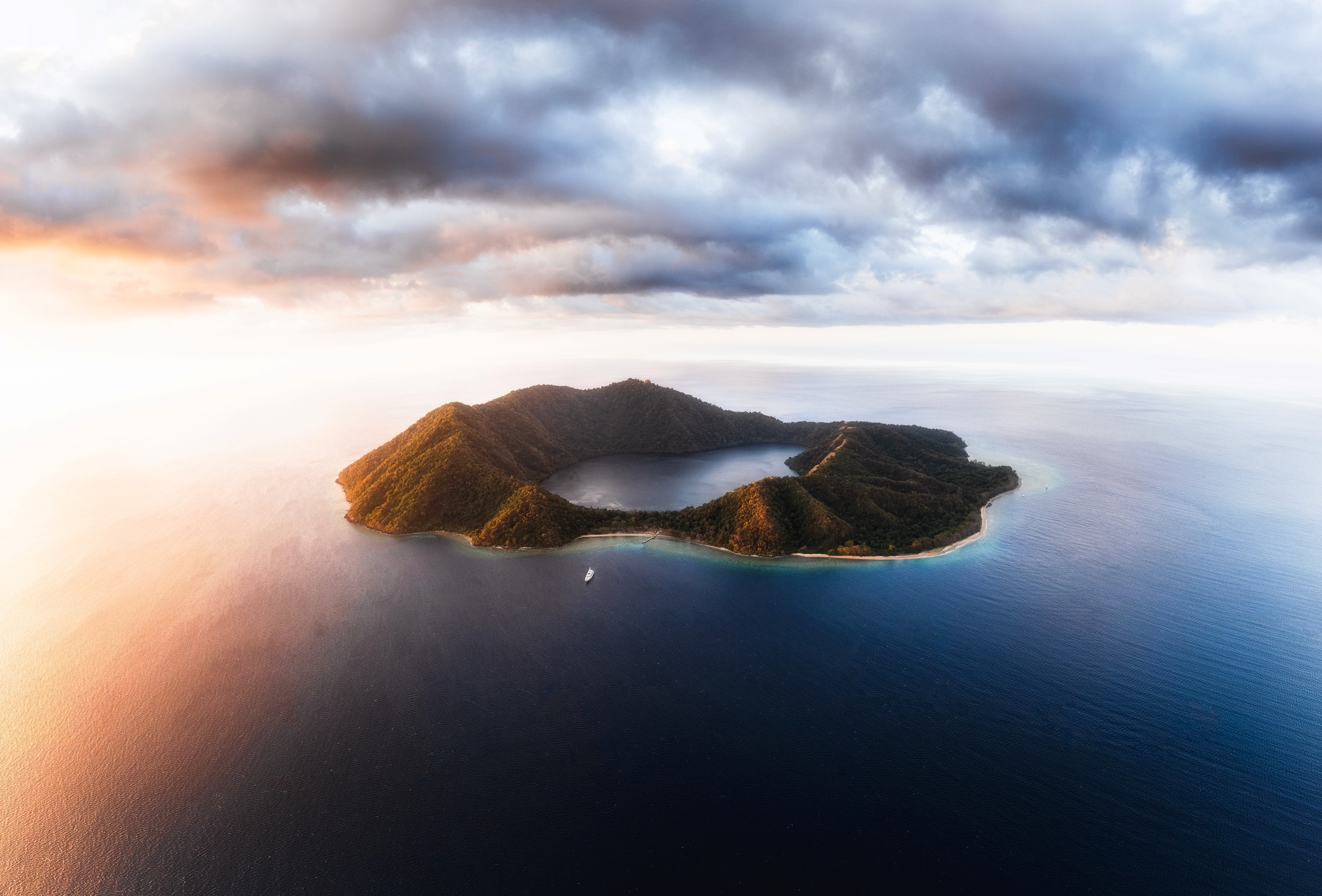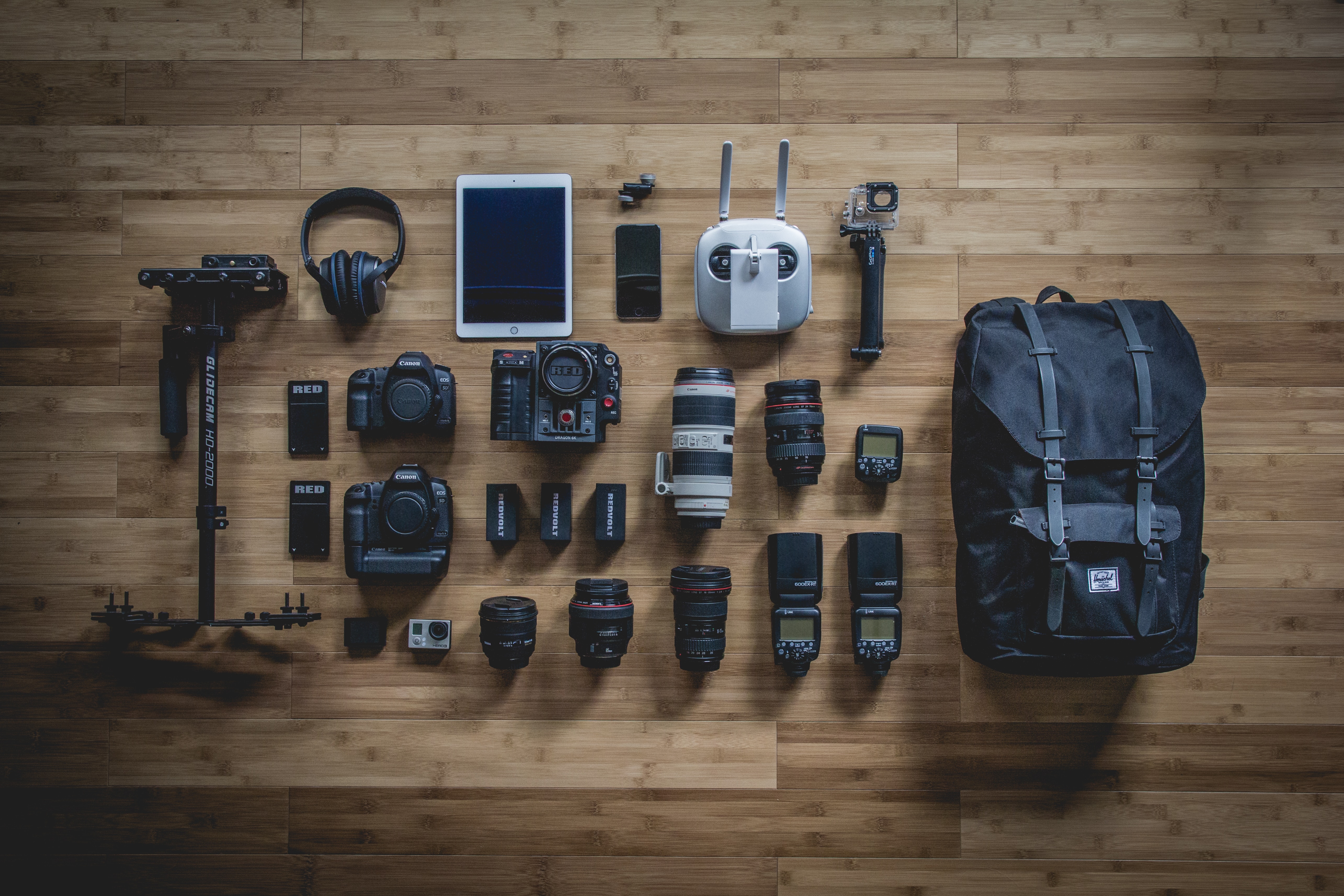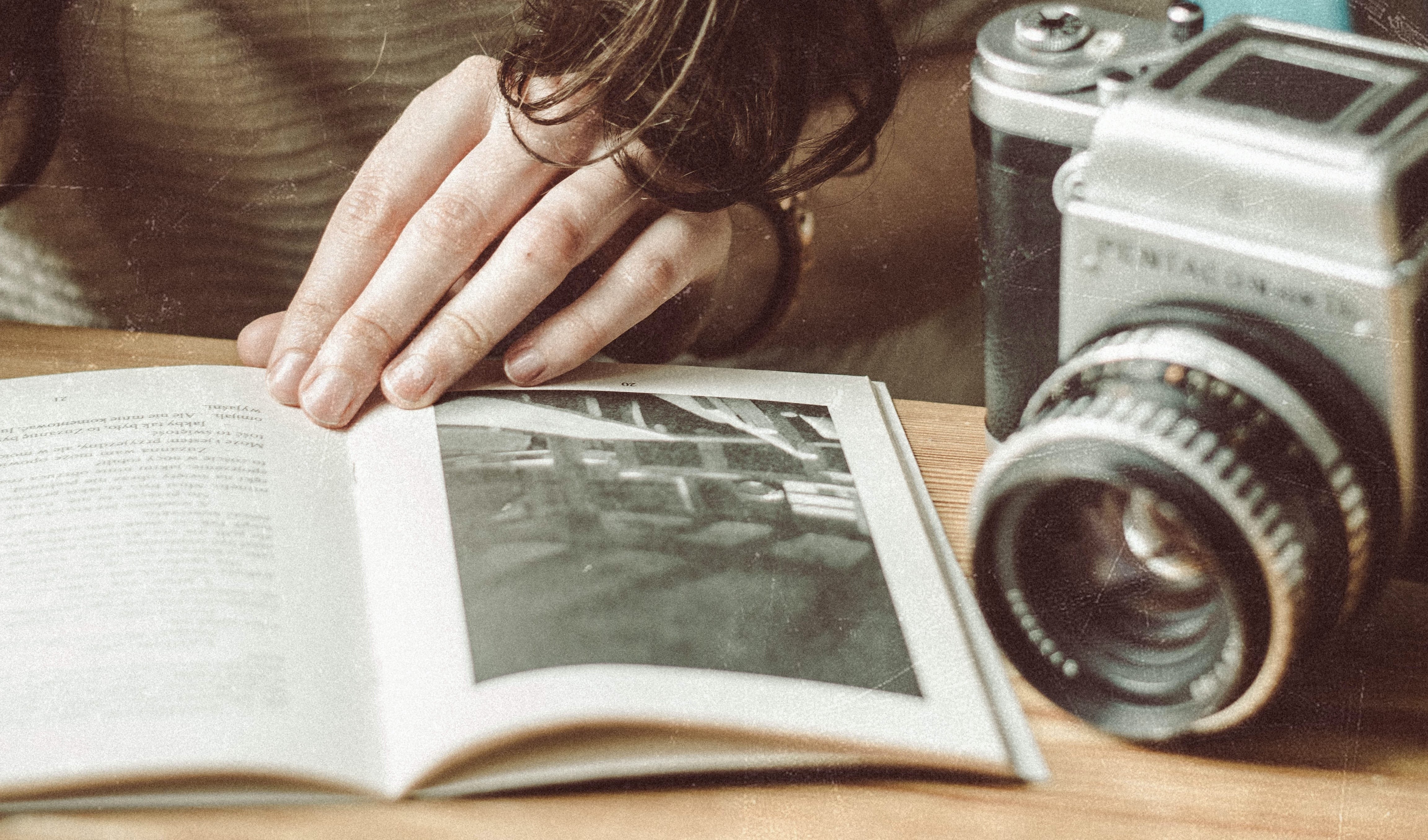Road trips are one of the most exciting forms of travel. The wide open roads, the endless sunsets, the early morning coffee runs, the rugged coastlines, and the quirky folk are some of our favourite highlights from a stint on the road. Roadtrips are an opportunity to create unforgettable memories, form unbreakable bonds with family and friends and embark on once-in-a-lifetime adventures. While living in the moment is one of the best ways to experience a road trip, photographing your journey will allow you to relive the road trip for years to come.
If you’re planning a summer-long road trip navigating the West Coast, meandering along the Garden Route, tackling the Wild Coast or cruising through the Drakensberg, you want to make sure that you’re fully prepared to capture all the breathtaking scenes that these routes offer. Packing for a road trip takes considerable time and planning, even more so when you’re lugging your camera gear along.
After years spent on the road, documenting just about every corner of our beautiful country, allow us to give you some helpful tips on the best ways to prep for your photography road trip.
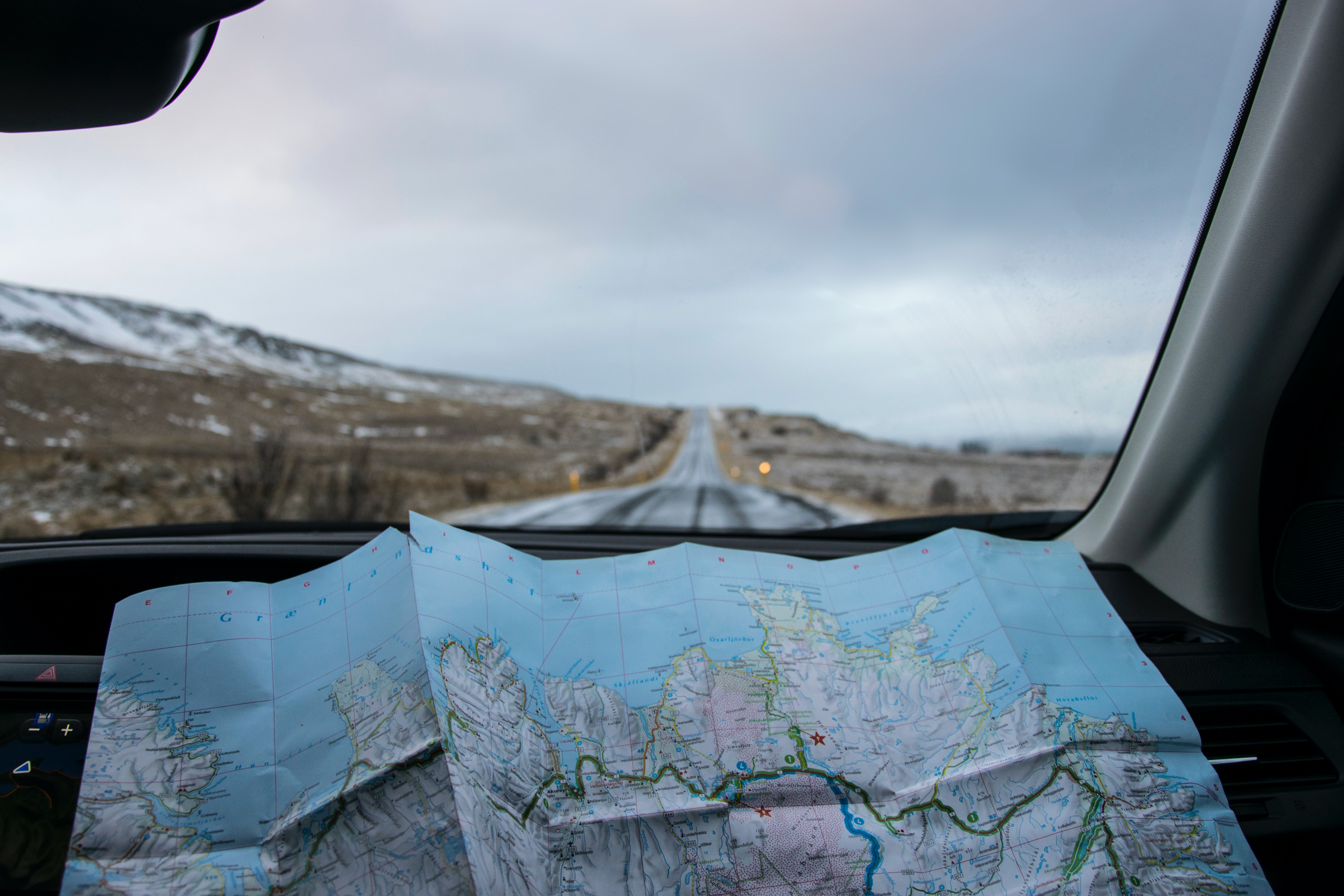
Pick Your Road Trip Route
Determining which direction you’d like to venture in is probably the first decision that you need to make. You need to plan your route down to the smallest detail to ensure that your road trip runs smoothly with little to no bumps in the road. Are you heading towards a specific destination and want to find the quickest way to get there? Would you prefer a longer, more scenic route to your destination? Or do you have multiple destinations in mind and need the best route to get to them quickly and efficiently? Whichever one you choose, make sure that there are ample rest stops along the way, that you pass by enough petrol stations and that you stick to the map.
Some might say that driving down new roads and travelling the unknown path are some of the best ways to discover new sights, and while this might be true, you also risk getting lost or ending up somewhere you’re not supposed to be. In this instance, we’ll say trust your gut and stick to the designated route as much as possible. It’s also advised to have Google Maps up and running during your road trip and a physical map handy when the signal gets a little shaky.
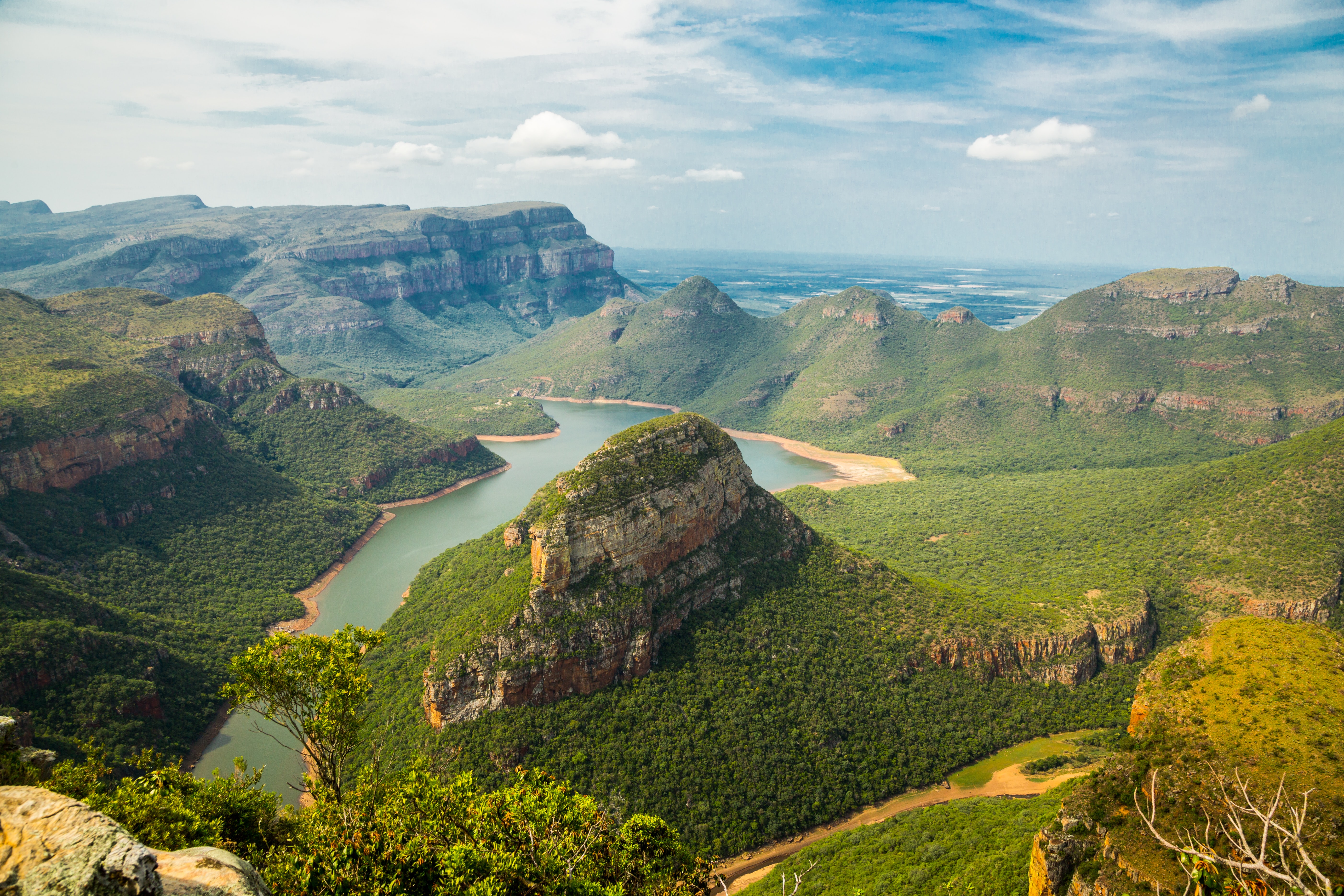
Make A Road Trip Photo Checklist
You’ll most likely want to do this when planning your route. If you’re going on a dedicated photography trip, you need to list all the sights and scenes you’d like to photograph. This way, you’ll be able to plan your route accordingly and find the most efficient way to tick every destination off your list. When planning your photo checklist, make sure that you do it extensively.
If you want to take a picture of the sun rising over the Drakensberg, ensure you get there in time. If you’re going to take some Astro photographs in the Cedarberg, ensure you dedicate enough time to get the shots without falling too far behind schedule. Do proper research on the places you want to photograph. Check business hours, seasonal operating times, the best time to photograph a specific scene, etc. There are also plenty of apps available to help you plan your photoshoot, from tide charts, weather apps, Milky Way spotters, destination apps, etc.
Your Choice of Wheels
The vehicle will determine the trip’s comfort and how much you can take with you. Some cars a built for long hauls, whereas others are better suited to zipping around the city. If you’re taking your personal vehicle on the trip or renting something suited more to an adventure, ensure it’s comfortable enough to spend hours in and that you can easily pack in all your necessary belongings. You want to travel as lightly as possible, especially when travelling long distances. Whatever car you take, ensure it has been maintained and serviced to undertake a lengthy journey. The last thing you want is to experience a vehicle breakdown in the middle of nowhere.
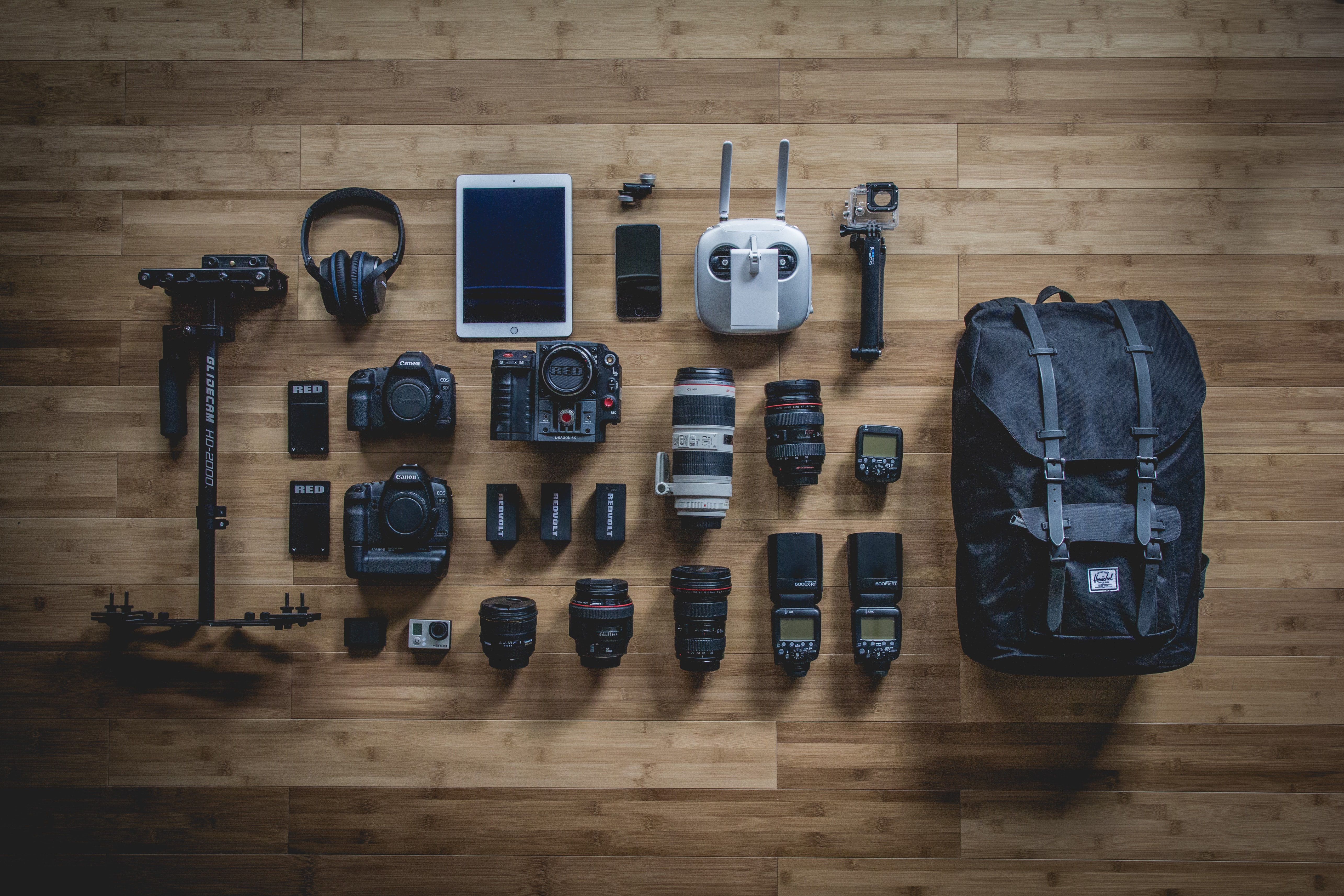
Packing your gear
You need to decide the type of photos you want to take. Is your goal to take some landscape, astrophotography, wildlife, street, architectural, documentary shots or all of the above? You don’t want to pack your entire studio. Travel as lightly as possible and include your camera and lenses that can perform reasonably well in most conditions. This is why determining where and what you’ll be shooting is essential to establish before packing.
Cameras
They say that the best camera is the one you have and that working with limited gear inspires creativity. However, if you have options, it’s best to consider them. When travelling on the road, you want a lightweight and compact camera. When on an adventure, picture-perfect moments tend to occur quickly, and they’re usually gone within a blink of an eye. That’s why you want to take a camera with you that’s fast, performs well under pressure and delivers high-quality images. Mirrorless cameras are great for this purpose. They offer you excellent image stabilisation, they’re quiet, which makes them great for capturing easily frightened subjects, like wildlife, and they have super fast shutter speeds, making them great for those blink of an eye moments.
If you’re planning on embarking on some adrenaline-pumping activities and are keen to capture all the action, or you’d like to take some beautiful ariel shots of stunning vistas, then remember to pack in your action camera as well as your drone.
Lenses
It’s pretty easy to be tempted to pack in just about every lens that you own, you know, just in case. However, carrying dozens of lenses with you will likely slow you down and can lead to your expensive gear getting damaged or lost. The type of lenses you’ll need for your road trip will again depend on the kind of settings you plan on shooting. If you’d like to do a little bit of everything, your best bet is to pack in a zoom lens, a wide-angle lens for those landscape shots and your nifty 50mm lens for portraits, street shots, and more.
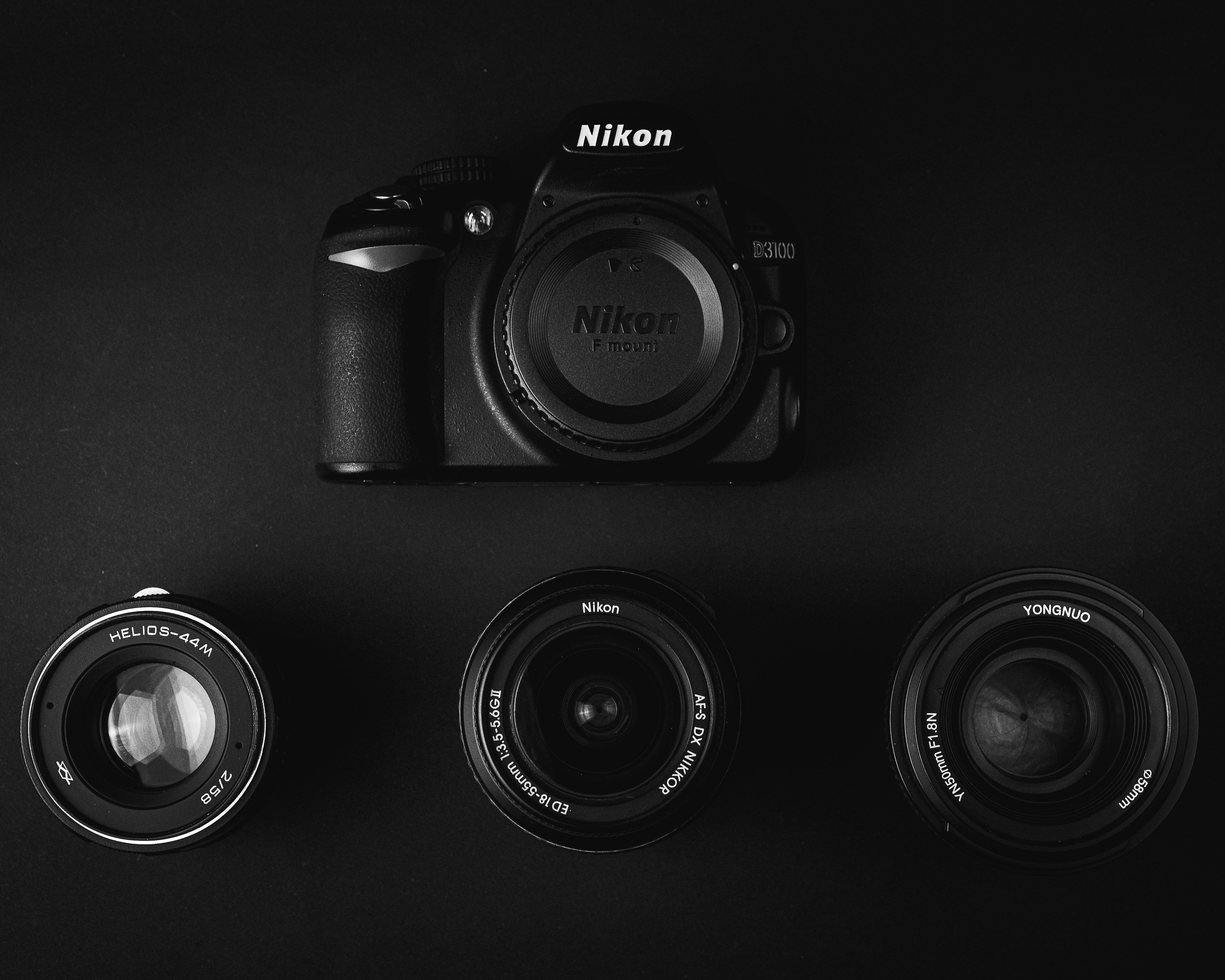
Tripods
Tripods are a great accessory to have in nearly all shooting conditions. They allow you to shoot hands-free, providing increased stability to help you create blur-free images. They’re great for photographing in low-light conditions, for long exposures and for taking that group photo with everyone included. Travel tripods are, by design, reasonably lightweight and easy to transport. They can easily fit into a backpack or slotted into a nook in your vehicle.
Accessories and Extras
Weatherproofing and Protection
Embarking on a road trip means you’ll likely be photographing the outdoors most of the time. That’s why taking along your weather-sealed camera body or investing in proper weather-proofing materials, such as rain and dust covers, is essential.
Memory Cards and External Hard Drives
Travelling for days on end, photographing the road less travelled, and embracing life on the road means you need a fair share of memory cards and external hard drives. Make sure to regularly back up your photos at the end of every day. The last thing you want is to come home from your photography road trip with little to no photographs. Memory cards and external hard drives are small enough to pack in enough without taking up too much space.
Powerbanks
As a photographer on the road, you must charge your camera after a long day of shooting. If your camera’s battery is running down before you can reach a charging point, a fully charged power bank will be a saving grace.
Cleaning Kit
People often underestimate the power of a good cleaning kit. Photographing in windy or dusty conditions can lead to all sorts of gunk being trapped in the crevices of your camera. Frequent handling of lenses can also lead to lots of nasty smudge marks on your lenses. Your camera cleaning kit can quickly get rid of all this dirt build-up.

